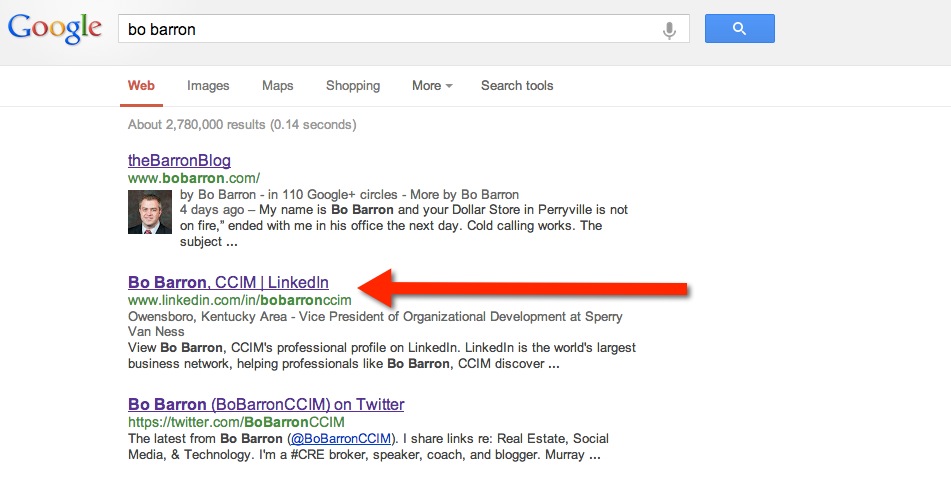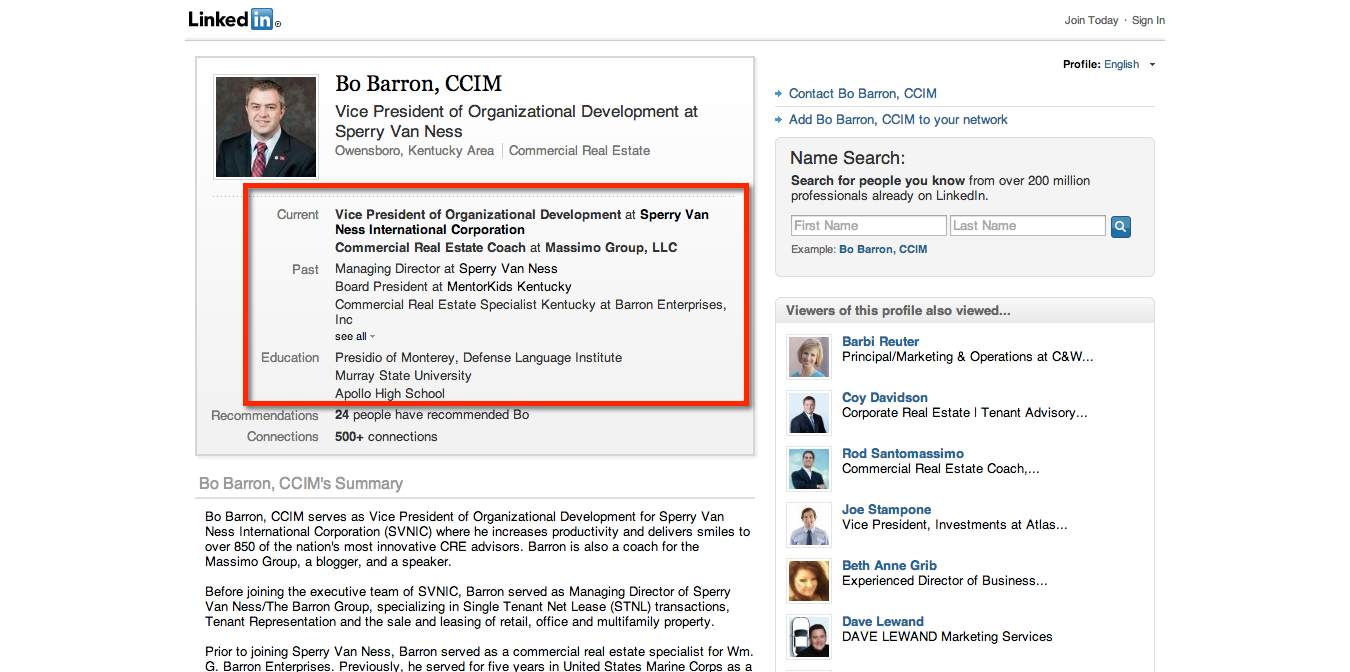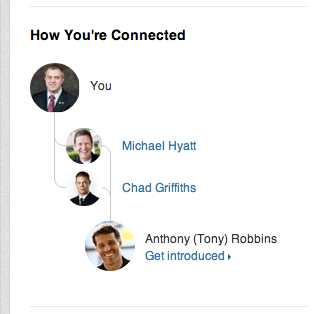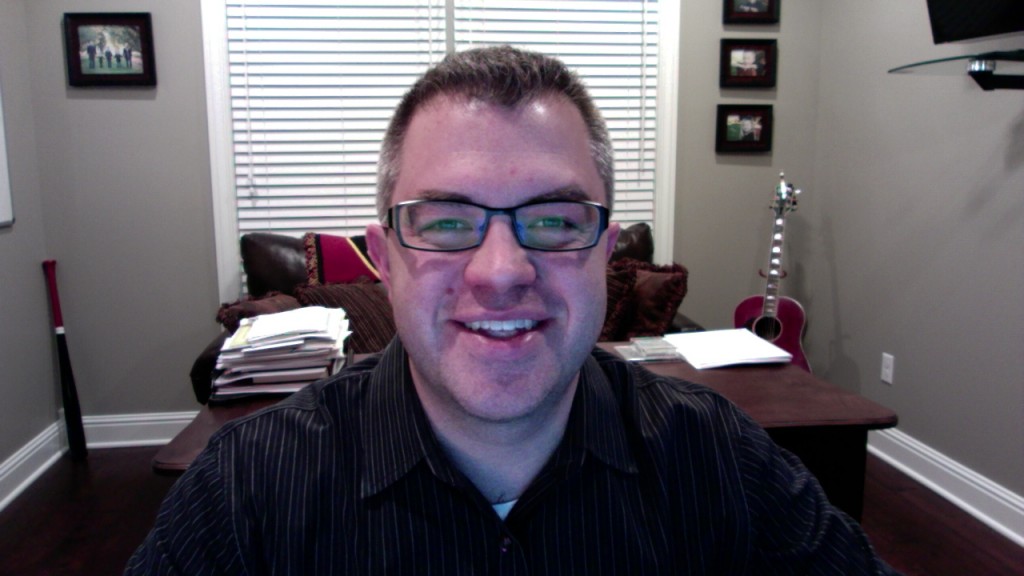The Clarity Series is a series of posts all on one subject. This particular subject is prospecting. While the context is commercial real estate, these steps and principles can be applied to any sales. To read the introduction of this series, click here. To read an overview of the entire prospecting system, click here. Thank you for reading!
Over the last couple of weeks, we’ve discussed the first 5 steps of the killer prospecting system: geography, specialty, database, use the mail, and make the dang cold call. You have done these 5 steps and now have a meeting with a prospect. Here is what I used to do.
I would go into the meeting guns blazing about why me, why my company, and why now. It was all about me. I would give my canned listing presentation. I would use this on a 2 acre piece of raw land just like I would with an $8MM apartment complex. I cringe thinking about this.
With some experience and some great coaching, I learned a better way. Remember, if you are following my system, this initial meeting should be short. Actually, you told the prospect that it would be short. If you connect and the prospect starts asking questions – great. You may be there 2 hours. However, you told them short. Prepare for short as you are making an impression as someone with integrity…or not.
5 Steps of the Initial Meeting
Your purpose in this meeting is two-fold. First, you need to find out if there is a problem or an opportunity. Second, you want to leave with an appointment for a second, longer meeting. This second meeting is where you will make your proposal. Here is how to pull it off.
- Ooze Gratitude and Excitement – Too many brokers or salespeople act too cool. If you have done your homework and worked the system, then you are sitting with someone who you want to do business with. You are sitting across from someone who you have pursued. Don’t act like you could care less. Show the prospect that you are excited. Let them know that you are thankful they have given you some time. Gratitude and manners go a long way. “Mr. Prospect, I lost sleep last night I was so excited about meeting with you today. Thank you so much for the time.”
- Arrive Bearing Gifts – To get the meeting, you may have offered them something of value – information on a comparable sale effecting their property’s value, etc. Be sure you have it. It is likely they aren’t meeting with you because of your reputation. Deliver this information in the context of a story. Stories are a great way to communicate the emotion of the deal. It will help you connect with the prospect.
- Make the meeting about them – This is contrary to a salesperson’s natural inclination. Don’t drone on about your experience or your company. You should have researched the prospect. Try to quickly connect around some common ground. Did you go to rival colleges? Do you have children of similar ages? Ideally, you will be in their office. This gives you the opportunity to see pictures, awards, diplomas, etc. Pay attention to detail.
- Ask Great Questions – Here is where you are trying to uncover motivations that could lead to a transaction. Better stated – you are trying to uncover opportunities to serve the prospect and build trust. Asking open-ended and insightful questions is how you will do it. Try to find area of frustration or pain. Ask them what keeps them up at night regarding their property. The answer could be about an opportunity they are excited about. It could also be about pain they are having. Ask them about frustrations they have had with previous broker relationships. The answers to these questions are gold. This is the information you will use to prepare your customized proposal to win their business later.
- Ask for the next meeting – Now that you have conducted your needs-analysis meeting, ask for the next meeting. Explain that you will need a little more time for the next meeting to propose how they might achieve their highest interest (this is the same highest interest you learned in step 4). Once you leave with an appointment, it is now time to prepare for your proposal.
What are your thoughts about an initial needs-analysis meeting? What are some questions that you would ask? Please leave your comments below!


















